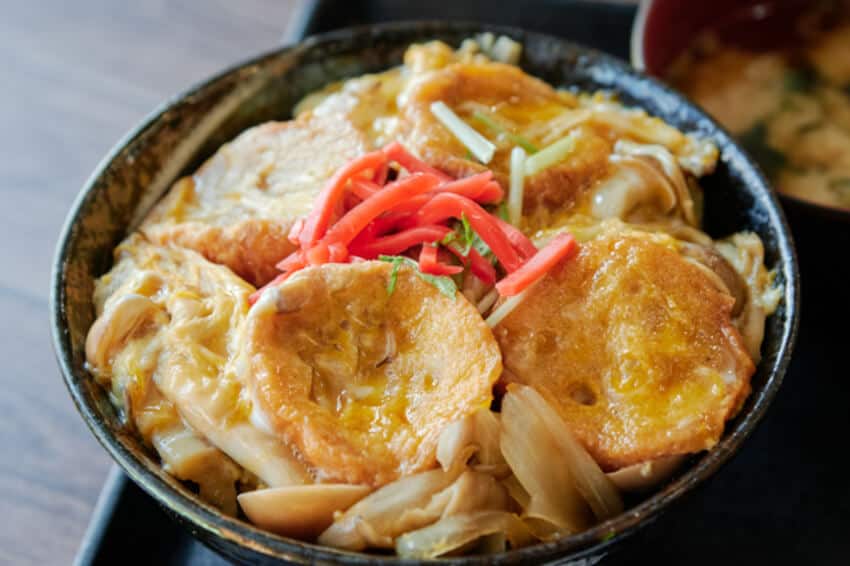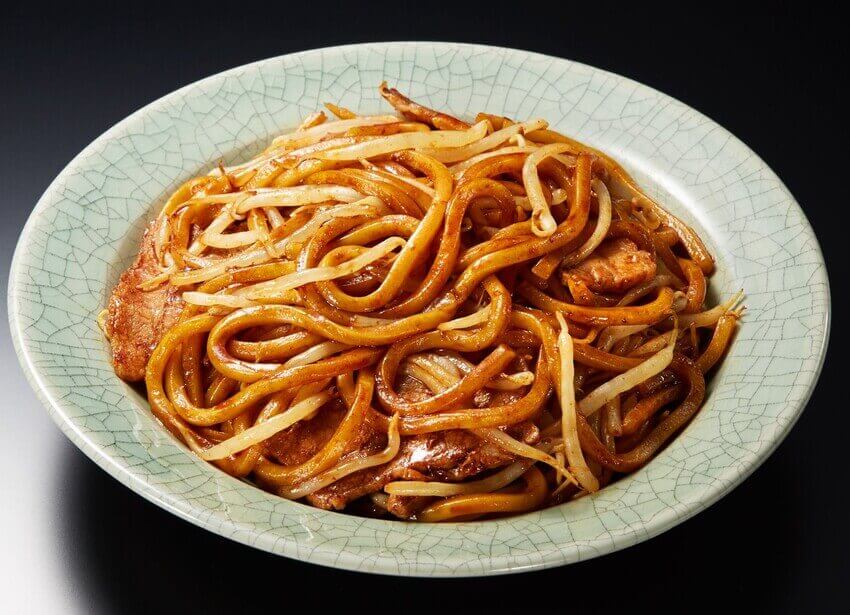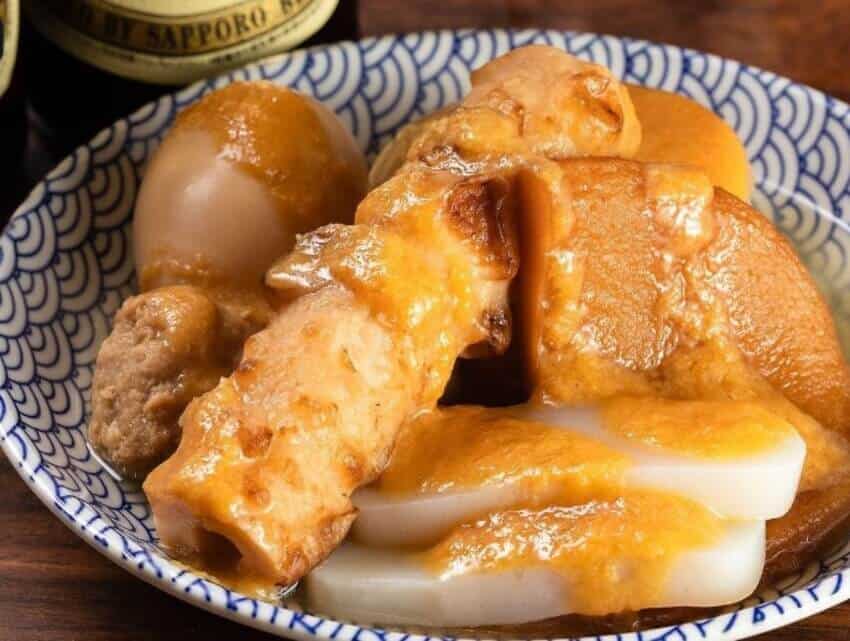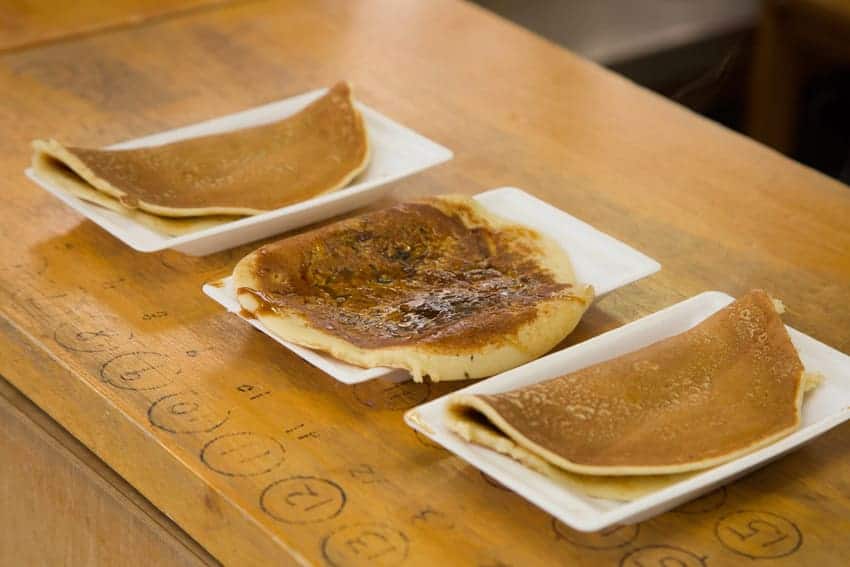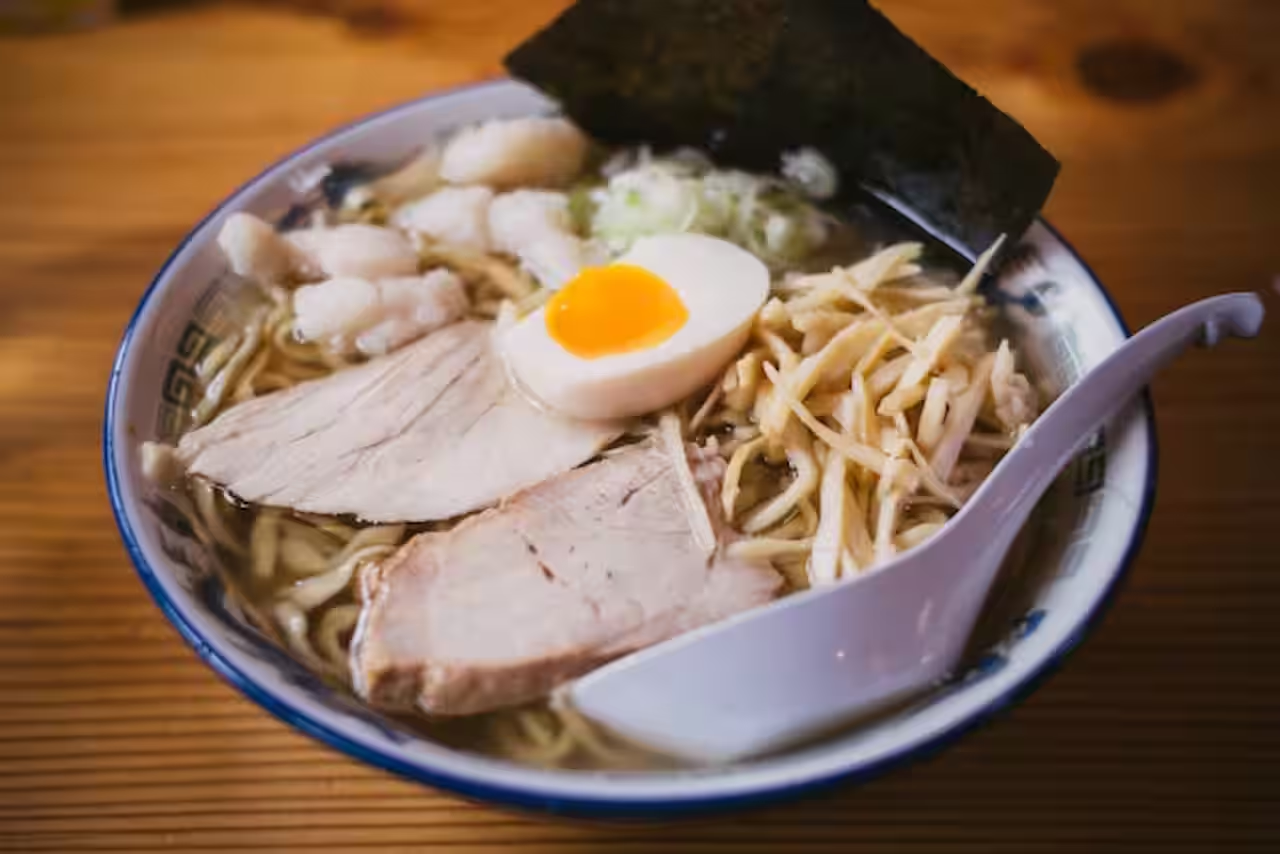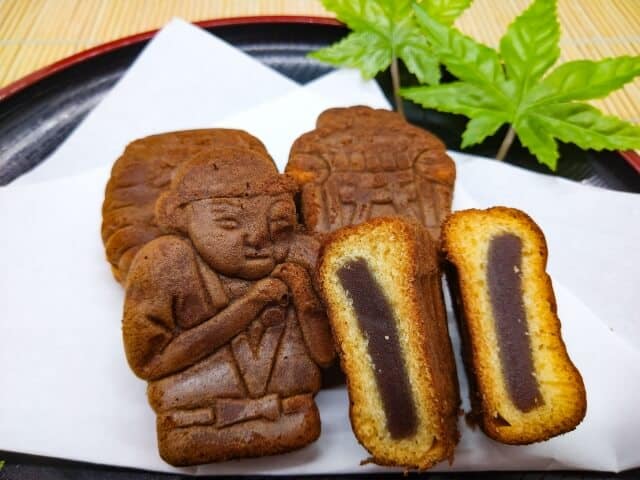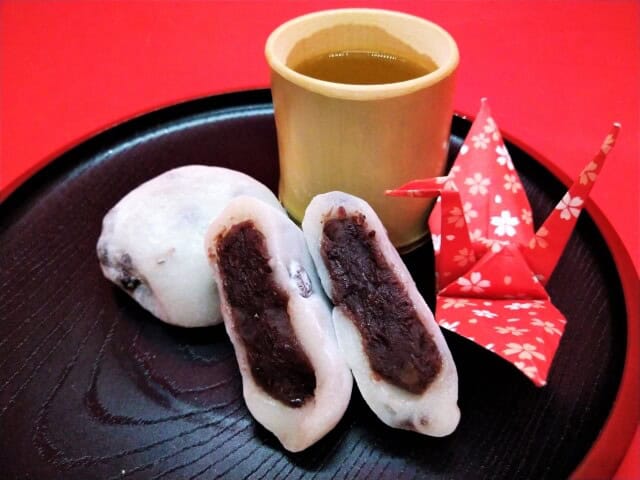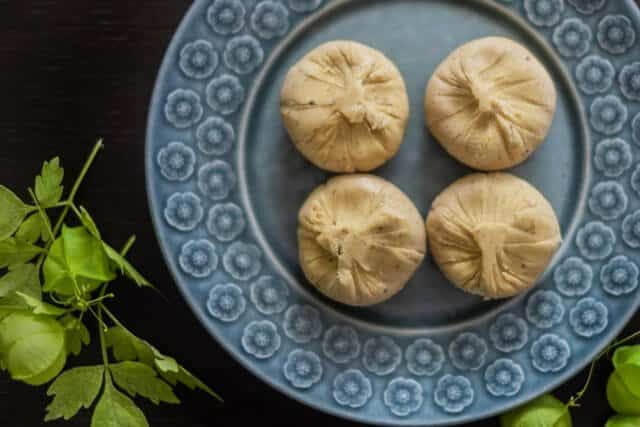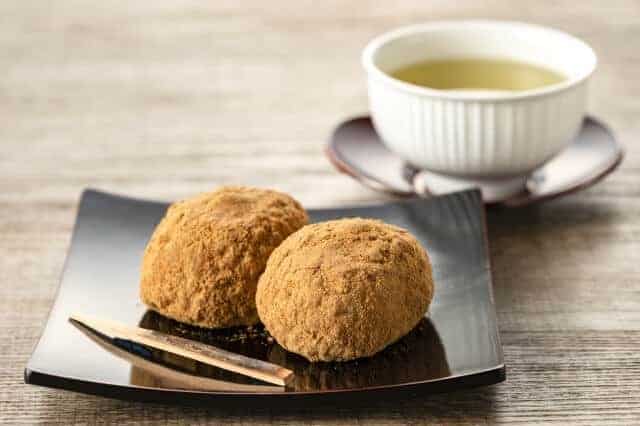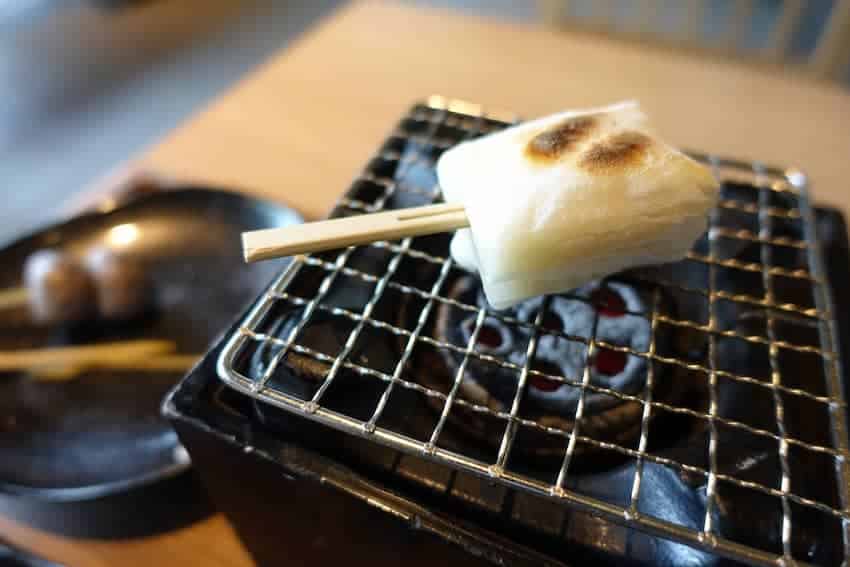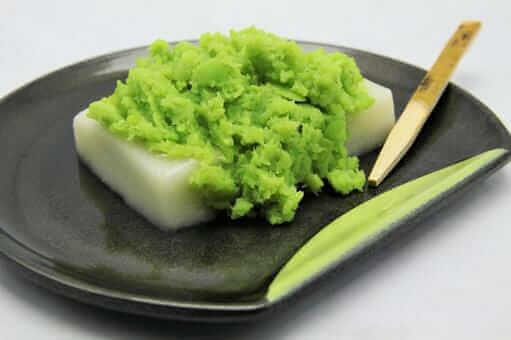desserts– tag –
-

Ningyo yaki (人形焼)
If you come to visit Asukusa in Tokyo, Japan, you can find a lot of interesting things from Japanese style decorations or omamori (Japanese good luck charm). However, we recommend you buy Ningyo yaki as souvenir for friends and family as... -

Daifuku (大福)
Introduction to Daifuku Are you one of those people who like to eat any sweets or confectionery? Have you tried any Japanese confectionery such as Mochi, Sasa Dango, and Ichigo Daifuku? In this article, we will discuss Daifuku or Daifuku... -

KuriKinton (栗きんとん)
Introduction to KuriKinton Are you a fan of eating something healthy but at the same time, sweet? Do you also believe that you can have a bite of autumn taste during New Year? Following Christmas, you can see the entire region of Japan p... -

Ohagi (おはぎ)
Introduction to Ohagi Ohagi is one of the traditional Japanese sweets that locals eat during autumn. Japanese make this by steaming or cooking glutinous rice and pounding it lightly to the extent that half of the grains remain, then they... -

Mochi (餅)
Introduction to MochiWhen it comes to traditional Japanese desserts, Mochi is always the answer. This traditional dessert is famous for “rice cake,†enjoy by locals in Japan for centuries. Mochi or Japanes... -

Zunda Mochi (ずんだ 餅)
Introduction to Zunda Mochi Zunda Mochi is a traditional Japanese sweet in the Tohoku region, Miyagi prefecture. It is a mochi confectionary and is one of the "three major Sendai specialties." Zunda Mochi uses edamame, a Japanese name fo... -

Akafuku Gori (赤福氷)
Finally, the kakigoori is coming to the terrace of the summer food festival! This time, we will feature the specialty of "Ise no Kuni" (central Mie PrefectureI), the summer tradition "Akafuku Gori" at the knee of Ise Jingu Shrine. Let's ...
1
